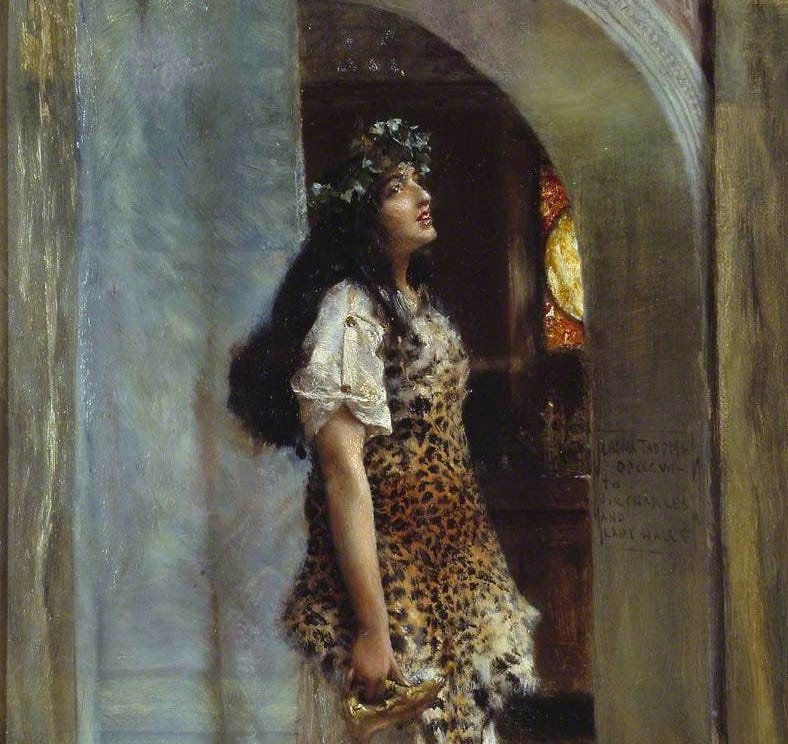From The Patriarchy and the Sacred Feminine
A Course Correction to include The Sacred Feminine.
What we absolutely must talk about is the impact of The Patriarchy on the freedoms of women, but also the safety and freedoms of people of color and of non-binary sexual expression. The reason is that The Patriarchy has, in the Manosphere and now in the public sphere, allied itself with white male supremacism, which has, unfortunately, also infected conservative Christianity.
Religion, along with codes created by male-dominant governance, has long been the enforcing agency of The Patriarchy, and it can be said that all religions are bent to patriarchal will. Even in Hinduism, the only religion never to lose its sacred feminine, Indian law turns a blind eye to the country’s grievous rape culture and even wife-burning.
It was not always this way. For 30 millennia, men and women shared the world—women revered for their ability to bring new life, and men strong in protecting both women and the young. The social revolution that brought The Patriarchy slowly chipped away at women’s freedoms, and reduced her to a domestic slave and tradable commodity.
And along with the erasure of women’s power came the erasure of her history. In the last century, the study of Greek and Roman history and mythology has almost literally died. And along with that has died the general level of knowledge in the culture of the presence of women in the pantheons of the world’s religions from those days — and those of the ancient Chinese, the ancient Egyptians, the Native American tribes, and the Old European religions of the Celts and their cousins across the continent, and the ancient African tribes. Gone from the undercrofts that rule the symbology of religious thinking are the Japanese sun goddess Amateresu and Isis, Athena and Changing Woman, Lakshmi and the Green Tara, Venus and Demeter, Inanna and Persephone.
So, while we explore the current political development that are crucial to the choices we make next, we will explore the feminine divine in as many expressions as we can find — along with the female philosopher who taught Pythagorus, the spectacular painter Artemisia, the fantastic and tragic astronomer and mathematician who was Hypatia, and Sappho, whom Plato called The Tenth Muse.
Our journey will be one of reclaiming our knowledge of our own history and one of ensuring that we have a future in which we never forget them again.
Please join us at




Thank you, I am so glad you are doing this. We need to re-member and never forget this time. I studied this in the late 70’s and 80’s and in the 90’s I created art inspired by Goddesses from Herstory.